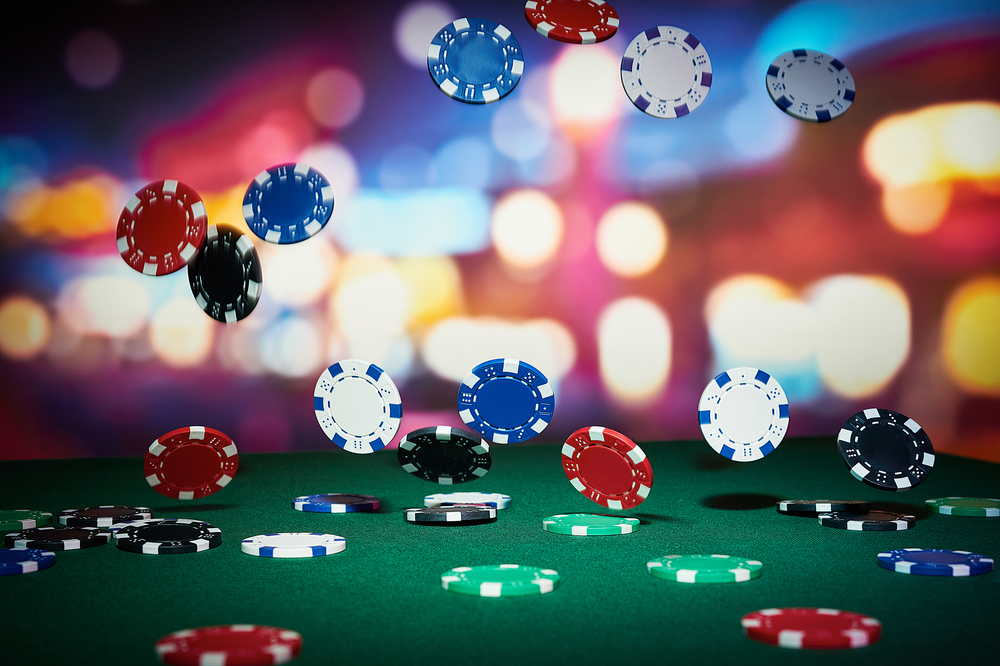
In a lively and stimulating world of gaming establishments, wherein luck and tactics intertwine, color and design play a critical role in attracting players. As soon as visitors step into a casino or log into a gaming website, they are immersed in a sightly feast that grabs their attention and entices them to discover further. Bright colors, engaging graphics, and innovative layouts are carefully crafted to create an atmosphere of excitement and expectation, ultimately enhancing the gaming experience.
While players navigate through the ever-changing landscape of casino games, they encounter a range of designs that not only serve visual purposes but also affect emotions and decision-making. Colors like red and yellow symbolize wealth and fortune, while calm blues and emeralds can create a much relaxed environment. Grasping how these elements function together allows casinos to create an welcoming and energizing atmosphere that encourages players to engage with the games, invest additional time at the tables, and increase their overall enjoyment.
The Psychology of Tint in Casino Games
Color plays a key role in the creation of gaming experiences, influencing player emotions and responses. Vivid and bold shades, such as scarlet and yellow, are often used to ignite excitement and capture notice. These hues create a sense immediacy and dynamism, encouraging participants to involve themselves more enthusiastically with the game. By thoughtfully selecting hues, designers aim to elicit feelings of pleasure and anticipation, which can enhance the overall gaming experience.
Various colors also have psychological meanings that can impact how participants perceive their possibilities of success. For instance, lime is frequently associated with luck and prosperity, making it a frequent choice in activities like roulette and poker setups. GA179 This connection can result players to feel more optimistic and confident in their gameplay, ultimately inspiring them to bet more. Comprehending these connections allows game developers to design environments that enhance player enjoyment and retention.
In addition, the design of gambling game interfaces often uses color gradients and opposing hues to direct player actions. For instance, winning results may be highlighted with striking, contrasting shades, creating a visual incentive. This technique supports favorable outcomes and promotes repeated engagement. By exploiting the science of color, gambling establishments can create activities that not only captivate participants but also keep them engaged and dedicated in their gaming experience.
Creative Features that Attract Players
The visual appeal of casino games is largely influenced by the use of bold colors. Bright and contrasting colors are strategically chosen to create an appealing atmosphere that captures interest. For instance, reds and golds often signify good fortune and prosperity, which is why they are prevalent in the color schemes of slot machines and table surfaces. These colors not only attract players in, but they also stir emotions associated with thrill and expectation, enhancing the overall gaming experience.
In addition to color, the design and layout of gambling games play a crucial role in player attraction. Games are designed to be intuitive, ensuring that players can quickly understand the guidelines and gameplay. Accessible interfaces, along with captivating graphics and animations, help maintain gamer interest and encourage longer play sessions. The tactile elements, such as the texture of the controls and the sounds of the games, also contribute to a comprehensive sensory experience that keeps players engaged.
In conclusion, thematic elements in gaming design can greatly influence player choice. Many gambling games are inspired by popular culture, myths, or adventure themes, featuring symbols and characters that connect with players. These themes create a sense of engagement and connection, making each game feel distinct. When players feel a bond to the theme, they are more likely to opt for that game over others, leading to higher participation and enthusiasm within the gambling environment.
Case Studies: Effective Casino Game Designs
One prime example of effective gambling game design is the popular slot machine series based around hit movies. Games such as those based on the The Wizard of Oz and Game of thrones utilize dynamic colors and high-quality graphics to immerse players in familiar narratives. The application of lively visuals and entertaining sound effects takes the interest of players, building an emotional connection to the theme. This tactic not just promotes longer play but also improves the overall gaming experience, resulting in increased player retention.
Another notable case is the application of color psychology in table games like 21 and the wheel. Casinos often design these games with deep reds and greens, colors traditionally associated with luck and wealth. For instance, the emerald felt on a 21 table provides a calming effect, while the crimson accents in the wheel invite thrill. This deliberate use of color helps to establish an inviting atmosphere that stimulates players to join in, satisfying their psychological impulses and boosting their enjoyment.
Finally, social casino games that feature community features and bright, colorful designs have achieved remarkable success in engaging players. Games like Zynga’s Poker and Slot-O-Mania leverage bright colors and playful animations to create an inviting online environment. The inclusion of leaderboards, social sharing options, and in-app rewards fosters competition and community, pulling players in for longer sessions. Such designs not just make the games visually enticing but also emphasize social interaction, a crucial factor in player retention and engagement within digital casino environments.